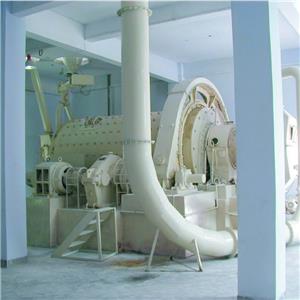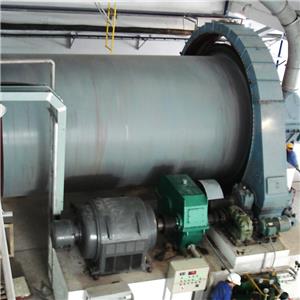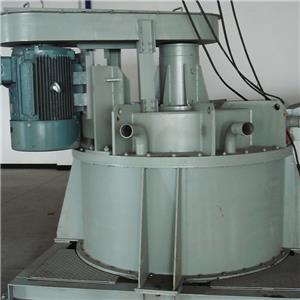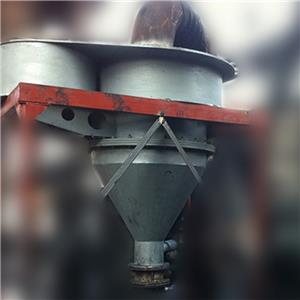Preparation of Nano-SiO2: A Comprehensive Guide
Nano-Silica (nano-SiO2) is an important material used in a variety of applications, including electronics, healthcare, cosmetics, and energy sectors due to its unique properties such as high surface area, optical effects, and chemical stability. The preparation of nano-SiO2 involves several methods, each with its own set of advantages and limitations. This article will explore the most common processes for synthesizing nano-SiO2.
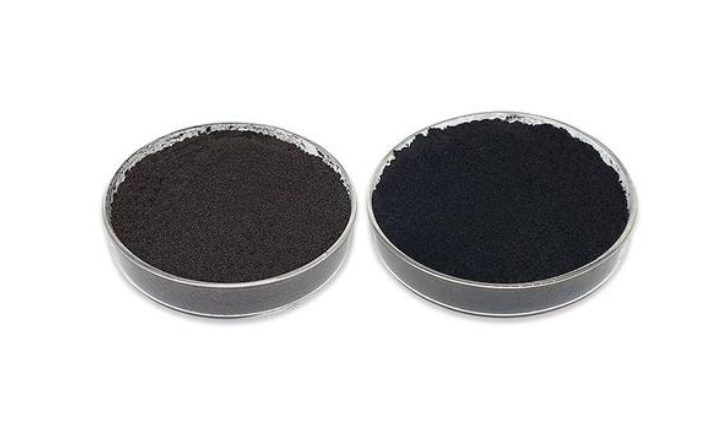
1. Sol-Gel Method
The sol-gel method is one of the most widely used techniques for the preparation of nano-SiO2. It begins with the hydrolysis of metal alkoxides in an aqueous solution under mild conditions, typically with water or alcohol. This results in the formation of oligomers, which then undergo polymerization to form a gel-like structure. The gel can be processed into a variety of shapes and forms, depending on the desired end use.
The key steps are:
Preparation of Sol: Hydrolysis of metal alkoxides (like tetraethylorthosilicate, TEOS) in water or alcohol.
Polymerization: Formation of a three-dimensional network structure through condensation reactions.
Aging and Thermal Treatment: To improve the stability and morphology of the product. This often involves aging at room temperature followed by heat treatment at elevated temperatures (usually above 100°C).
2. Hydrothermal Synthesis
Hydrothermal synthesis is another method that uses high pressure and high temperature conditions to facilitate the formation of nano-SiO2 particles. This process often takes place in a closed reactor vessel filled with a solution containing the precursor (TEOS, for example) and water.
The advantages of hydrothermal synthesis include:
Controlled Particle Size: Allows for precise control over particle size distribution.
Environmental Benefits: Lower energy consumption compared to traditional methods.
High Purity: The absence of air during the process helps in producing highly pure products.
3. Mechanical Milling (Ball Milling)
Mechanical milling is a straightforward approach that involves grinding the SiO2 powder in the presence of a milling media (such as alumina balls) under controlled conditions. This method is effective in breaking down the particle size of the initial material into the nanoscale range.
Advantages of mechanical milling include:
Economical: Lower capital costs compared to more complex synthesis methods.
Energy Efficiency: Relatively low energy consumption, making it suitable for industrial scales.
4. Plasma Treatment
Plasma treatment is a relatively recent and advanced method that involves exposing SiO2 powders to a plasma environment. This process can induce significant changes in the surface chemistry and morphology of the particles, making them suitable for specific applications.
Key features of plasma treatment include:
Enhanced Surface Properties: Can introduce reactive groups onto the surface, improving functionalization.
High Speed: Faster than many other synthesis methods.
Conclusion
The choice of method for preparing nano-SiO2 depends on factors such as cost, scalability, desired particle size and shape, and specific application requirements. Each method has its strengths and is optimized for different purposes. For instance, sol-gel and hydrothermal synthesis are preferred for applications requiring precise control over particle size and purity, while mechanical milling offers simplicity and economic efficiency. Understanding these methods allows researchers and engineers to tailor the synthesis of nano-SiO2 to meet the needs of various industries effectively.

